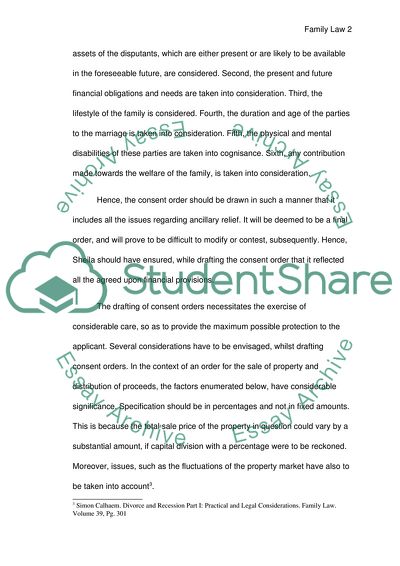Cite this document
(“Family Law and Divorce Assignment Example | Topics and Well Written Essays - 3000 words - 1”, n.d.)
Family Law and Divorce Assignment Example | Topics and Well Written Essays - 3000 words - 1. Retrieved from https://studentshare.org/law/1731676-family-law
Family Law and Divorce Assignment Example | Topics and Well Written Essays - 3000 words - 1. Retrieved from https://studentshare.org/law/1731676-family-law
(Family Law and Divorce Assignment Example | Topics and Well Written Essays - 3000 Words - 1)
Family Law and Divorce Assignment Example | Topics and Well Written Essays - 3000 Words - 1. https://studentshare.org/law/1731676-family-law.
Family Law and Divorce Assignment Example | Topics and Well Written Essays - 3000 Words - 1. https://studentshare.org/law/1731676-family-law.
“Family Law and Divorce Assignment Example | Topics and Well Written Essays - 3000 Words - 1”, n.d. https://studentshare.org/law/1731676-family-law.


